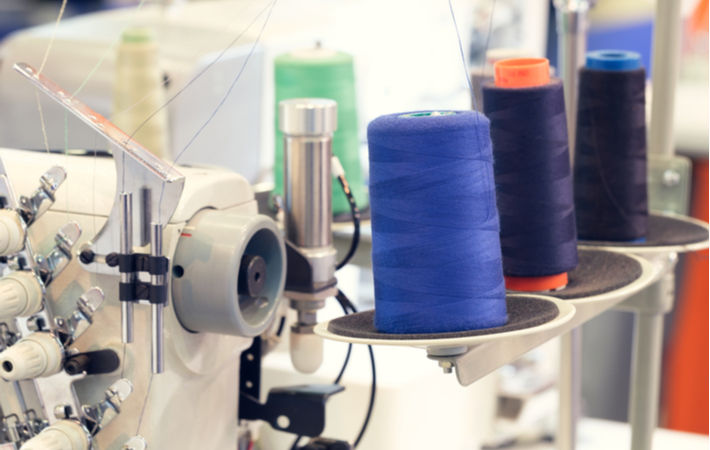
Concerning the EAC, this can be done by raising the ceiling for domestic sales from 20 per cent to 70 per cent for partner states and removing any duty surcharges that may impede sales in this common market, the paper said.
Moreover, the country could grow tea exports by developing procedures to facilitate tea exports to Kenya’s world-famous tea auction in Mombasa.
Although lobbying the United States to make AGOA permanent is another market growth and extension option Kenya could pursue closer to AGOA’s expiry in 2025, the country would be better served by improving the efficiency and global competitiveness of its manufacturing sector, including its textile and apparel industry, the paper noted.
The paper, titled ‘Twenty Years of the US African Growth and Opportunity Act (AGOA): Policy Lessons from Kenya’s Experience’, was authored by Francis Owusu from the department of community and regional planning at Iowa State University and Kefa M Otiso from the school of earth, environment and society at Bowling Green State University in Ohio.
The paper, which examined 20 years of US-Kenya trade, found that although Kenya has benefited from AGOA, several challenges are preventing the country from taking full advantage of this US trade law.
Even if Kenya’s ongoing Free Trade Area talks with the United States succeeds, the country would still need to improve the efficiency and global competitiveness of its manufacturing sector lest it drowns in US exports.
Kenya should improve its transport infrastructure to ensure timely, cheap and efficient delivery of its export products to the global market. Equally important is the need to improve its road network, which plays a critical role in determining the cost of inputs like cotton.
A crucial part of making its export sector globally competitive is the development of the entirety of Kenya’s transport sector; it is the circulatory system of any economy. This network would also need to be extended regionally if Kenya (and the broader EAC) hopes to grow its economy, lower the cost of its manufactured products, and make them affordable to the region’s relatively poor population, the report said.
Good transport is also central to making Kenya’s exports globally competitive and developing local and regional markets that would protect its export firms from the vagaries of unpredictable foreign markets such as the United States on which it currently over-relies.
Additionally, while Kenya has invested substantially in its power generation and distribution in the last decade and has surplus power, it still has a substantial gap to close in providing its economy with reliable and affordable energy. This gap is due to many factors, including aging generation and distribution infrastructure, poor maintenance, low system redundancy, weather, reliance on seasonally variable hydropower supplies, vandalism and inefficient power markets.
Moreover, instead of just extending power subsidies to some firms, the country would be best served by supplying cheap and reliable power to all of its firms, the paper said.
Given that over 70 per cent of Kenya’s export processing zone (EPZ) investments are foreign-owned with a huge pay gap between Kenyan and foreign EPZ workers, the government should explore ways to make Kenya benefit more from AGOA rather than merely being a staging post for foreign businesses.
Because of the importance of textile and apparel products in Kenya’s AGOA exports, the country should maximise its gains from this sector by reviving and developing its domestic cotton supply chain industry. Encouragingly, cotton is one of the crops that Kenya’s Agriculture and Food Authority is working to revive as it implements its 2016-2021 strategic plan.
Among other goals, the plan seeks to boost Kenya’s agricultural growth and productivity and to upgrade its agricultural value chains for an increased job and income creation.
To improve working conditions in its AGOA firms, Kenya should strengthen its regulatory framework, including mechanisms for enforcement of laws regarding labour and other forms of human rights protections as envisaged under AGOA. This includes paying attention to gender and different social dimensions in EPZ enterprises to ensure that women and youth benefit from this trade programme, the paper added.
Fibre2Fashion News Desk (DS)